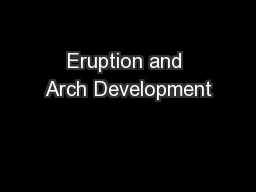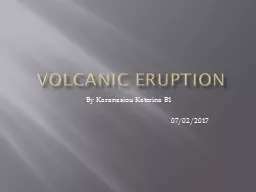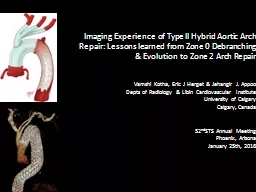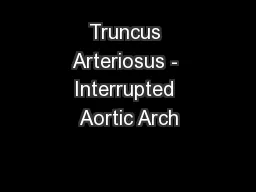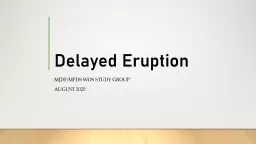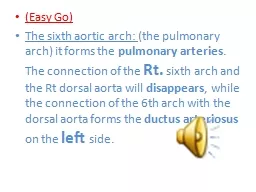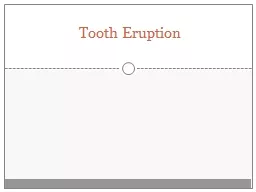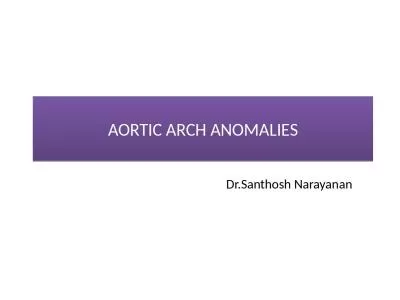PPT-Eruption and Arch Development
Author : karlyn-bohler | Published Date : 2017-07-12
Period of the mixed dentition 6 to 12 years of age Mixed dentition Shedding of primary teeth Causes of shedding of primary teeth Resorption pattern of anterior
Presentation Embed Code
Download Presentation
Download Presentation The PPT/PDF document "Eruption and Arch Development" is the property of its rightful owner. Permission is granted to download and print the materials on this website for personal, non-commercial use only, and to display it on your personal computer provided you do not modify the materials and that you retain all copyright notices contained in the materials. By downloading content from our website, you accept the terms of this agreement.
Eruption and Arch Development: Transcript
Download Rules Of Document
"Eruption and Arch Development"The content belongs to its owner. You may download and print it for personal use, without modification, and keep all copyright notices. By downloading, you agree to these terms.
Related Documents

